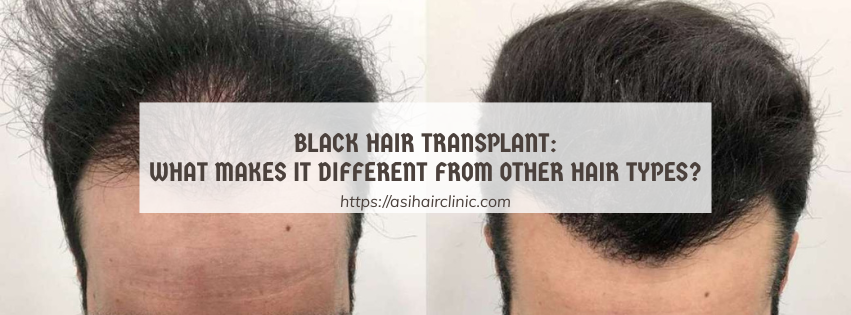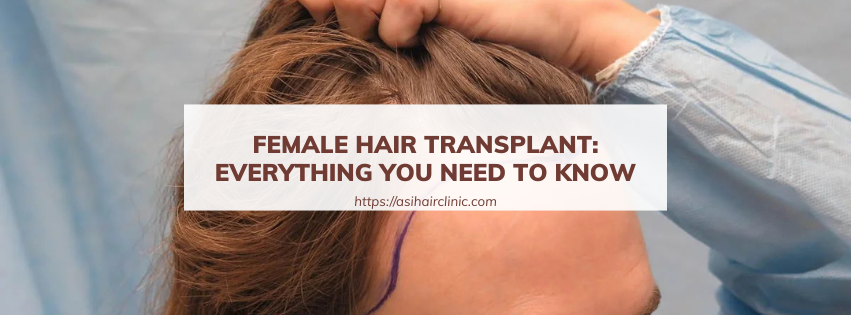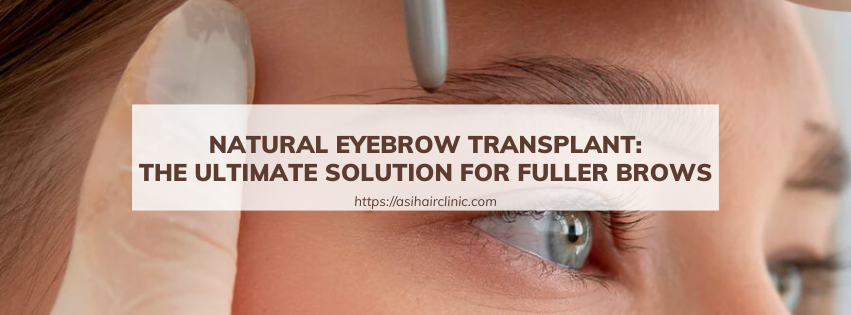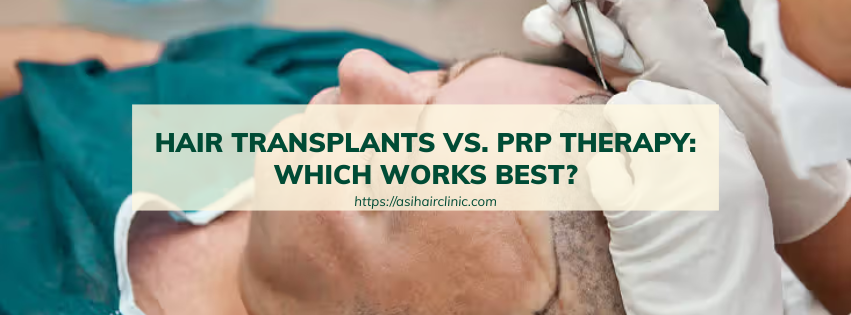Can a Hair Transplant Be Done on a Scar?
Hair loss can be a distressing experience, affecting both men and women. While hair transplant surgery has emerged as a popular solution for many facing this issue, those with scars may wonder if this procedure is an option for them. Scarring can result from various causes, including injuries, surgeries, or skin conditions, complicating the potential for restoring hair in these areas. This article explores the intricacies surrounding hair transplants on scarred skin, examining the challenges, considerations, techniques, and alternative solutions available for individuals confronting this unique situation.
1. Understanding Scarring and its Impact on Hair Transplant
The relationship between scars and hair loss is complex. Scarring disrupts the natural structure of the skin and can significantly influence the prospects of a successful hair transplant.
1.1. Nature of Scarring
Scars come in various forms, each presenting different challenges for hair restoration.
Absence of Hair Follicles: Many scars lack healthy hair follicles, which are vital for hair growth. Without these follicles, the potential for new hair to grow in the scarred area diminishes significantly. Evaluating the availability of viable hair follicles is essential before considering a hair transplant on a scar.
Irregular Tissue: Scarred tissue often differs in texture and density compared to normal skin. This irregularity can make it difficult for grafts to be implanted effectively, as the fibrous nature of scar tissue may hinder proper blood supply. Good blood circulation is critical for graft survival, so understanding the condition of the surrounding tissue is key.
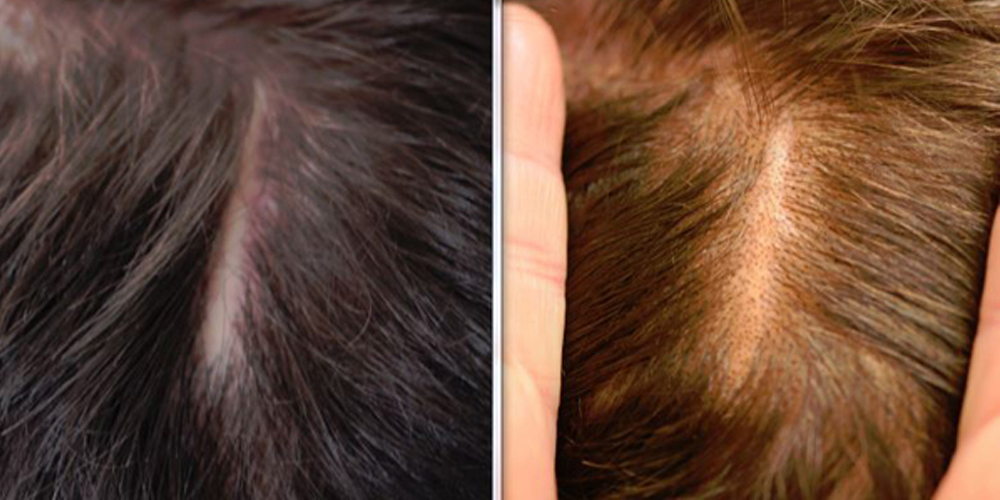
1.2. Tension and Limited Elasticity
The elasticity of the scalp is pivotal in hair transplant procedures, and scars can restrict movement and flexibility. This tension can lead to complications during the surgical process and affect post-operative healing. A tight, inflexible scalp may produce suboptimal results, and the surgeon must assess the tension in the area before proceeding with the transplant.
1.3. Increased Risk of Complications
The presence of scar tissue enhances the likelihood of complications, including infections, delayed healing, and hematomas. Understanding these risks is crucial for patients considering a hair transplant on scarred skin. Patients must be aware that the presence of scar tissue can complicate graft survival, requiring meticulous care throughout the surgical and recovery phases.
2. Different Types of Scars and Their Suitability for Hair Transplant
Not all scars are equal when considering hair transplant options. Each type of scar presents unique challenges and opportunities.
2.1. Hypertrophic and Keloid Scars
Hypertrophic and keloid scars are raised and thickened, presenting significant difficulties for hair transplants.
Dense and Resistant Tissue: These raised scars can hinder hair follicle growth due to their dense and fibrous nature. Attempting to implant grafts into this type of tissue may yield poor results, as the environment does not favor healthy hair growth.
Cosmetic Considerations: Even if grafts survive, the density and aesthetics of hair growth may be compromised, leading to less natural-looking results. Therefore, it's vital to consult a specialized surgeon who understands the implications of working with hypertrophic and keloid scars.
2.2. Contracture Scars
Contracture scars arise after severe injuries or burns and often tighten the surrounding skin, creating limitations in movement.
Impact on Surgical Technique: These scars can pull the surrounding skin, making it challenging to place grafts correctly. The tension created by contracture scars can lead to unnatural growth patterns and may even cause discomfort for the patient.
Aesthetic Results: For individuals suffering from contracture scars, achieving a natural look may be especially difficult. Careful planning and execution are paramount when considering a hair transplant in such cases.
2.3. Acne Scars
Acne scars can vary widely in depth and texture. While some are superficial, others can be deep and pitted.
Varying Degrees of Complexity: Shallower acne scars might not pose significant challenges for hair transplantation; however, more severe, pitted scars can obstruct the effective implantation of grafts. Understanding the specific characteristics of acne scars is crucial for determining the most appropriate approach.
Tailored Treatment Approaches: Individuals with acne scars should seek evaluation from a surgeon experienced in handling diverse scar types. Customized treatment plans will take into account the nature of the scars, balancing the potential benefits of a hair transplant against the likelihood of success.
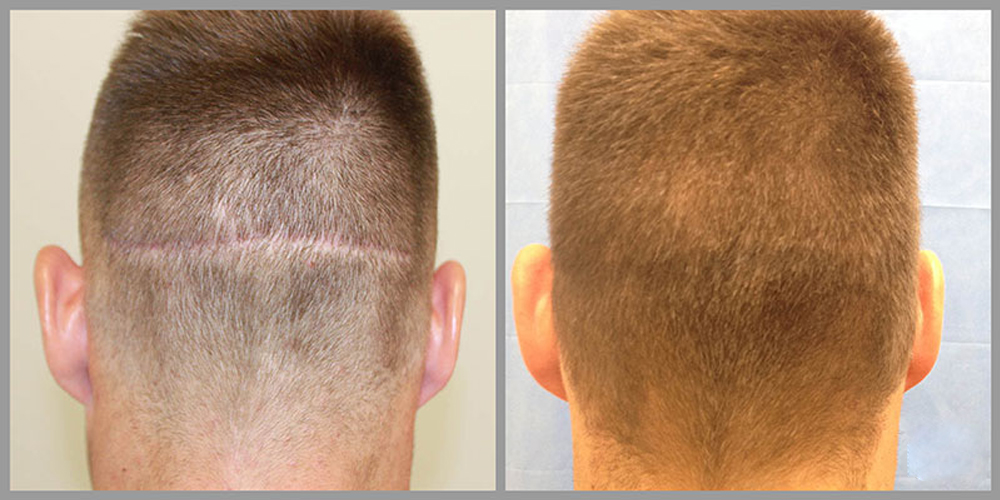
3. Determining If a Hair Transplant is Right for You: Evaluating the Impact of Scars
Deciding whether to pursue a hair transplant on a scar involves careful consideration and professional guidance.
3.1. Consulting a Qualified Surgeon
Before embarking on the hair transplant journey, consulting an experienced surgeon is imperative.
Comprehensive Assessment: A qualified surgeon will conduct a thorough evaluation of your individual case. Factors considered include the type and extent of the scar, your overall health, and your hair loss pattern. This personalized assessment is crucial to formulating an effective treatment plan.
Understanding Your Goals: Discussing your aesthetic goals with the surgeon is essential for setting realistic expectations. Open communication allows for a tailored approach that aligns with your desires while considering the feasibility of the procedure.
3.2. Evaluating the Type and Extent of Scarring
The characteristics of your scars significantly influence the outcome of a hair transplant.
Severity and Location: The severity and location of the scars play critical roles in determining the best course of action. Detailed examination and mapping of scarred areas enable surgeons to devise a strategic plan for graft placement.
Customizing the Treatment Plan: Surgeons may recommend additional treatments, such as scar revision or other therapies, to enhance the aesthetic appearance of scars prior to a hair transplant.
3.3. Assessing Overall Health
Your overall health can greatly impact the success of the procedure.
Pre-existing Conditions: Individuals with certain medical conditions may face higher risks during surgery. Surgeons will evaluate your medical history and any existing conditions that could impede healing or increase complication rates.
Informed Decision-Making: A comprehensive understanding of your health status allows both you and your surgeon to make informed decisions regarding the viability of the hair transplant procedure.
4. Potential Challenges and Considerations
Performing a hair transplant on scarred skin involves unique challenges, as the presence of scars affects several aspects of the procedure.
4.1. Graft Survival
The survival rate of hair grafts implanted on scar tissue may be lower compared to healthy scalp tissue.
Compromised Blood Supply: Scar tissue often lacks the ideal blood supply needed to nourish the grafts effectively. As a result, the likelihood of graft failure may increase, necessitating careful attention to surgical technique.
Adaptation Strategies: Surgeons may employ various strategies to optimize graft survival, such as adjusting the extraction and implant techniques used during the procedure.
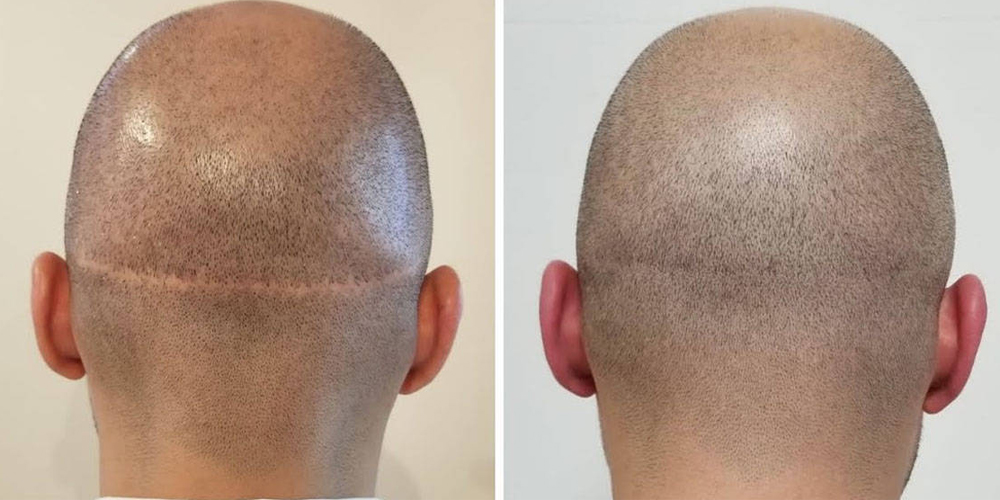
4.2. Hair Growth Quality
The density and quality of hair growth on scarred areas may differ markedly from healthy scalp regions.
Natural Appearance: Patients must understand that hair growth resulting from a transplant may not match the fullness seen in unaffected areas. An experienced surgeon will take this into account when planning graft placement to achieve the best possible aesthetic results.
Realistic Expectations: Having realistic expectations about the quantity and quality of hair growth post-transplant is essential for maintaining satisfaction with the results.
4.3. Scar Appearance Post-Transplant
While hair restoration is the primary goal, it’s important to consider the visibility of the scar itself after the procedure.
Ongoing Scar Management: Even after a successful hair transplant, the scar may remain visible. Patients should discuss potential follow-up treatments aimed at minimizing scar appearance to maximize cosmetic outcomes.
Patient Satisfaction: Understanding the potential for visible scarring is crucial for overall patient satisfaction. Clear communication with the surgical team about anticipated results can help ensure alignment of expectations.
5. Strategies for Optimizing Success Rates
Despite the potential challenges associated with hair transplants on scars, there are strategies to improve success rates.
5.1. Minimally Invasive Techniques
Minimally invasive techniques, such as Follicular Unit Extraction (FUE), can be advantageous for individuals with scars.
Benefits of FUE: FUE minimizes damage to surrounding tissues, allowing for efficient graft extractions. This technique poses a lower risk of complications while also reducing scarring, making it more suitable for scarred areas.
Adapting Techniques: Surgeons skilled in advanced methods can adapt their techniques to accommodate specific scar types, aiming to enhance overall outcomes.
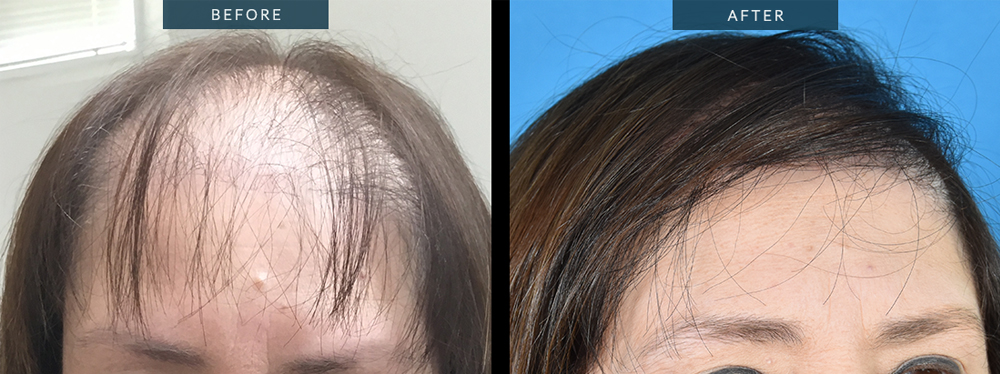
5.2. Scar Revision
In some cases, addressing the scars themselves through revision techniques can improve hair transplant results.
Preparing the Site: A preliminary scar revision procedure may alter the appearance and texture of the scar, creating a more favorable environment for graft implantation.
Consultative Approach: Engaging in discussions with your surgeon regarding scar management options will empower you to make informed choices about optimizing the transplant outcome.
5.3. Graft Placement and Density
Proper planning and expertise in graft placement are essential for concealing scars effectively.
Strategic Planning: Surgeons will carefully map out the areas for graft placement, taking into account the unique characteristics of the scar. This strategic approach aims to enhance the overall appearance and functionality of the transplanted hair.
Customized Density Solutions: Achieving the right density of grafts is crucial for ensuring that the hair appears natural and blends seamlessly with existing hair.
5.4. Post-Operative Care
Post-operative care plays a pivotal role in promoting successful healing and graft survival.
Strict Adherence to Instructions: Following the surgeon's post-operative instructions diligently is vital for minimizing complications. Proper care ensures that grafts have the best chance for survival and integration with existing hair.
Monitoring Recovery: Patients should engage in open communication with their healthcare providers throughout their recovery phase, promptly addressing any concerns that may arise.
Conclusion
The decision to pursue a hair transplant on a scar is a deeply personal one, influenced by various factors like the type of scarring, individual health, and aesthetic goals. Engaging in thorough consultations with qualified professionals is crucial for assessing the feasibility of the procedure and setting realistic expectations.
While challenges exist in performing hair transplants on scarred skin, continued advancements in surgical techniques and post-operative care offer hope for improved results. A personalized approach-considering not only the technical aspects of the procedure but also the emotional journey-will ultimately guide individuals toward a fulfilling path to regaining their confidence and achieving their aesthetic goals. Through careful evaluation, informed decision-making, and ongoing support, many individuals can inspire a renewed sense of self through hair restoration on scarred skin.
LATEST POSTS

